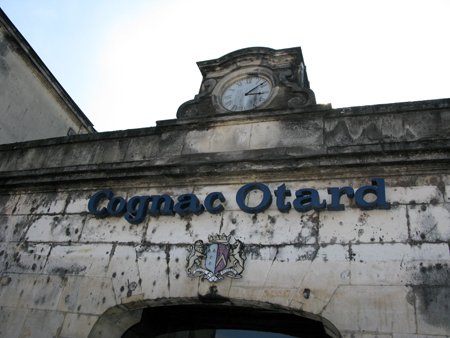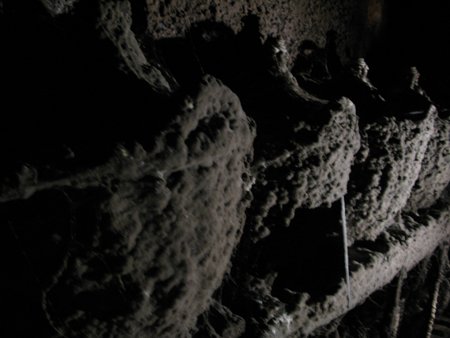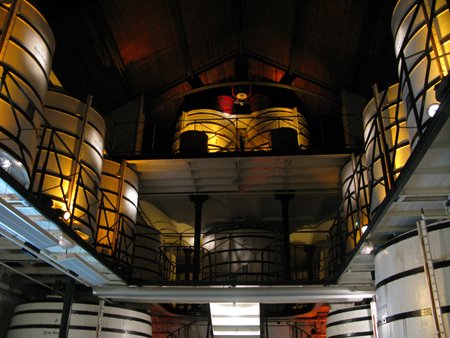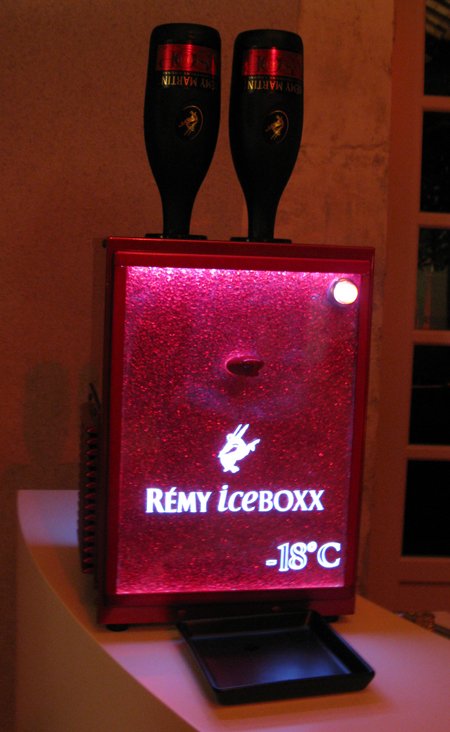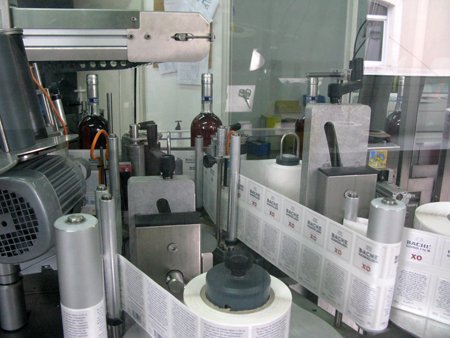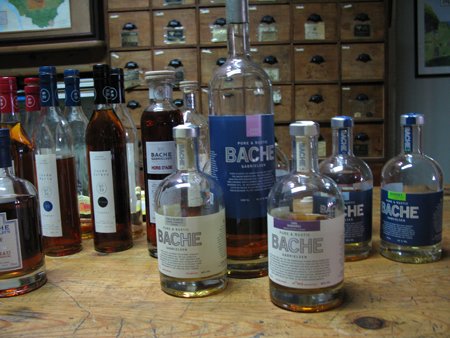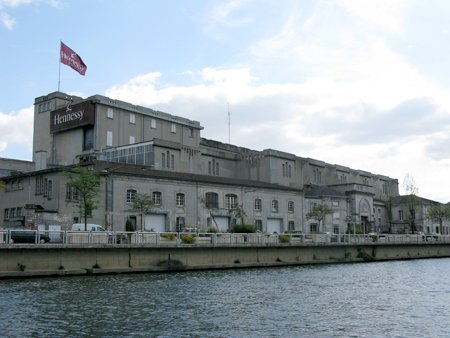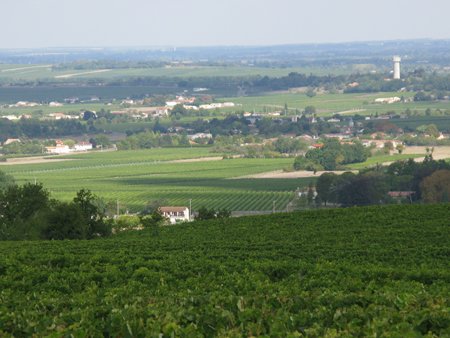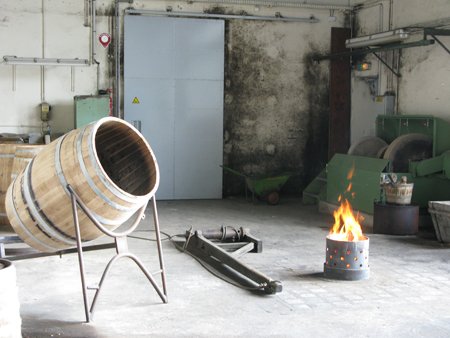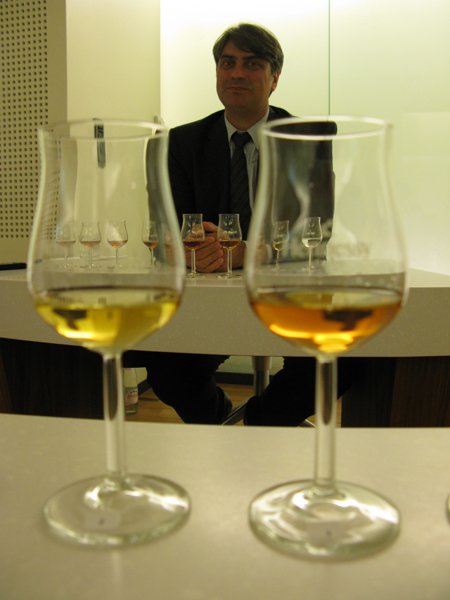Last month I took a big trip to Cognac to learn about cognac. One of the many houses I visited was Otard. This cognac house is located in the former fortifying castle of Cognac in which Francois the First was born, on the Charente River next door to Hennessy.
A tour of Otard is part castle and city history tour, and part cognac tasting. The castle dates back centuries, but my interest really begins when it was purchased by the Otard family after the French revolution.
In the basement of the building are the aging cellars. As the river is running right next to the building, the cellars have 90 percent humidity, which the cellar master likes very much.
Otard buys eau de vie from the first four delimited regions- Grande Champagne, Petite Champagne, Borderies, and Fine Bois. On this visit we were able to taste raw spirit from three of them. As noted previously, grapes from the Fine Bois produce spirit that is fruity and aromatic right off the bat, but does't age well for long periods of time. You'd could definitely taste this as a fruity, tasty grape spirit.
The raw spirit from Grande Champagne was what I'd call tight- seems like you'd want to dilute it a bit to release the aromas. This they tease out after aging in oak. The spirit from the Borderies was, as it's supposed to be, very floral like lily or violet. Many brands use Borderies spirit to add this flavor to their blends.
Otard is available in the US but not widely so. They do a lot of business at duty-free shops and in Europe, Scandinavia, and Russia.
Otard also has a release Otard 55 that San Francisco bartenders recommended I try, as it is "natural strength" at 55 percent alcohol compared with the usual 40. This could be great for mixing into cocktails, but I'm afraid I have bad news guys: This bottling is being discontinued, as they say there was too much consumer confusion about it. Maybe they should have labeled it "Bartender's Blend" instead…
